Are thin phones the problem?
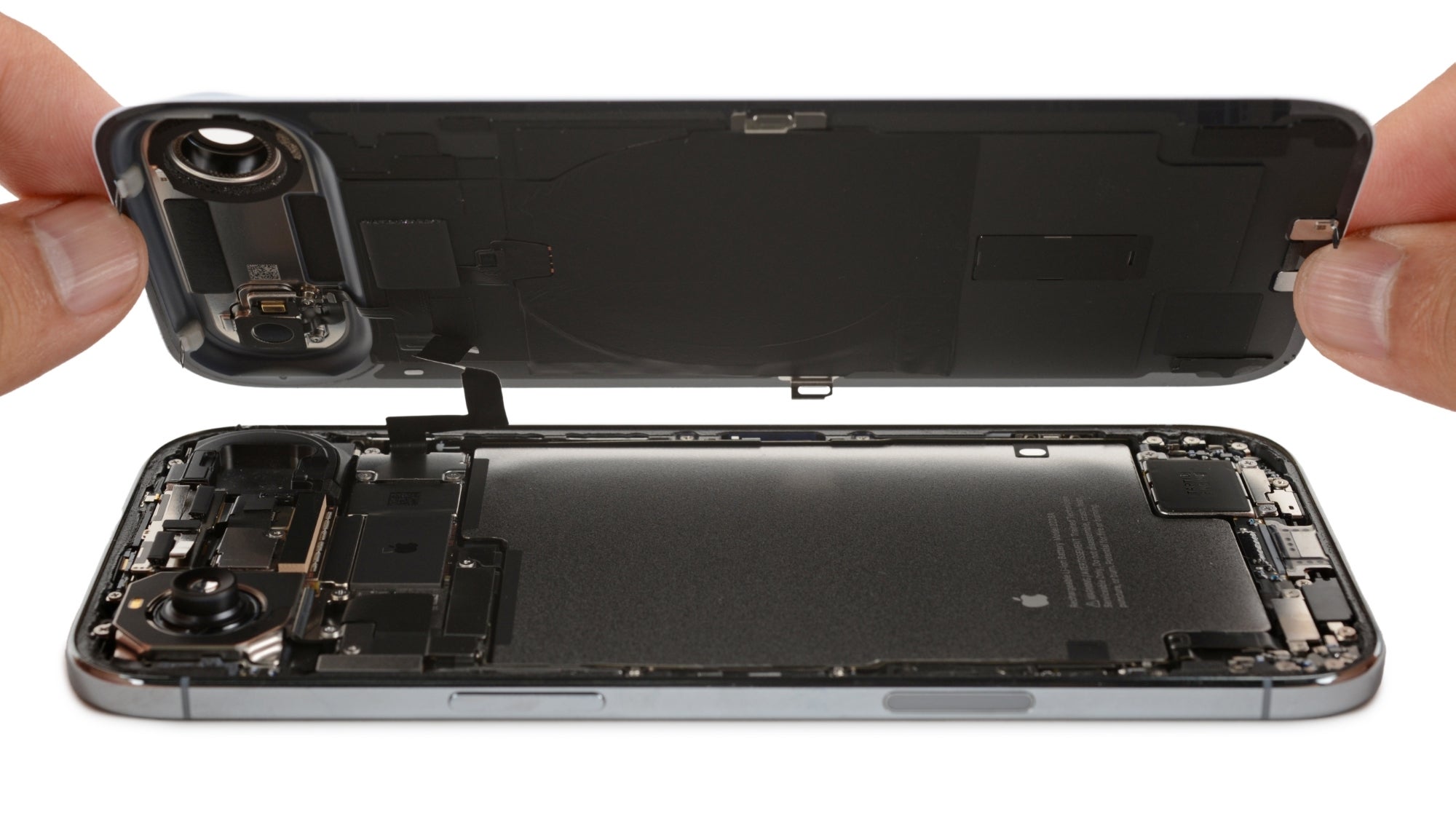

One might think that design considerations are the primary limitation for having huge batteries inside your regular iPhones and Galaxies. And it’s true, to some extent. Especially with the recent push toward ultra-thin phones. The iPhone Air is just 5.6 mm thick, but its battery barely surpasses the 3,000 mAh mark.
Of course, Chinese phones now use silicon-carbon batteries, which have better energy density per volume, but before we delve into that, there’s another reason why most companies outside China are stuck with small batteries, and it has something to do with regulations.
The 20 watt-hour limit
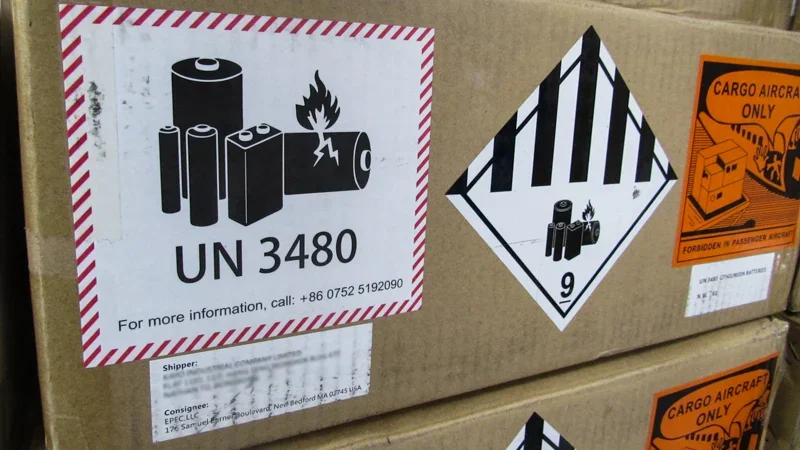

There are international transport regulations when it comes to batteries, and they are pretty strict. All lithium-ion batteries exceeding 20 watt-hours capacity (this translates to around 5,400 mAh) are classified as Class 9 dangerous goods.
But wait, how can Chinese manufacturers then ship around phones with 7,000+ mAh batteries? There’s a workaround. Most of these brands, including OnePlus, Honor, Xiaomi, RedMagic, and more, used a stack of two batteries.
If neither of the individual cells exceeds the limit of 20 watt-hours, then the batteries fall into the “small lithium-ion battery” classification, and the taxes and paperwork are significantly lower.
Which brings us to the silicon-carbon angle.
What’s a silicon-carbon battery?
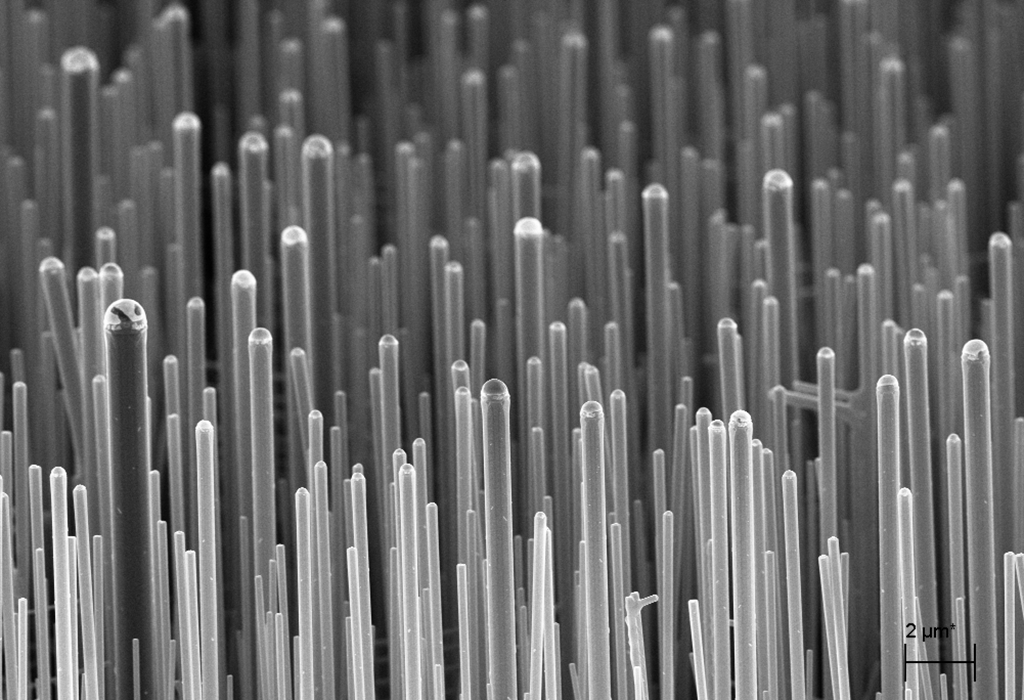

Silicon swells a lot when it stores energy, sometimes by as much as 300%. You can imagine what would happen if a smartphone battery suddenly expanded to three times its volume. It basically turns into a bomb inside your pocket.
There are workarounds to make the silicon-carbon anode stable, and these include various coatings and chemical mixtures and precise nanostructures to deal with stress and prevent cracking.
When will we get silicon-carbon batteries in our iPhones and Galaxy devices?
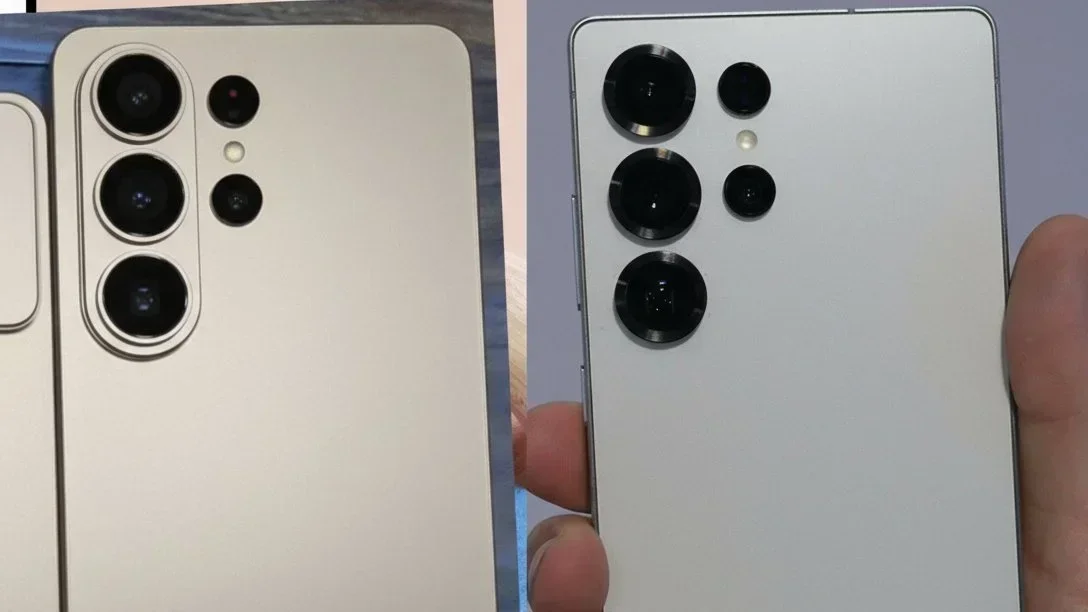

The short answer is not soon. And the reason is… money. Samsung, Apple, and Google have invested billions in graphite-based conventional lithium-ion lines and switching to silicon-carbon would mean taking a massive financial hit.
Silicon-carbon batteries require different tools, new material sources to obtain high-purity silicon nanoparticles, and huge legislative work to obtain the necessary permits and certificates. That’s a huge endeavor for a potentially small gain.
That’s why the big three are trying to extend the life of traditional lithium-ion batteries as much as they can, optimizing the battery life quite aggressively sometimes.
Speaking about software optimizations, there’s another reason why silicon-carbon batteries won’t be in your iPhone or Galaxy anytime soon.
Software and hardware integration
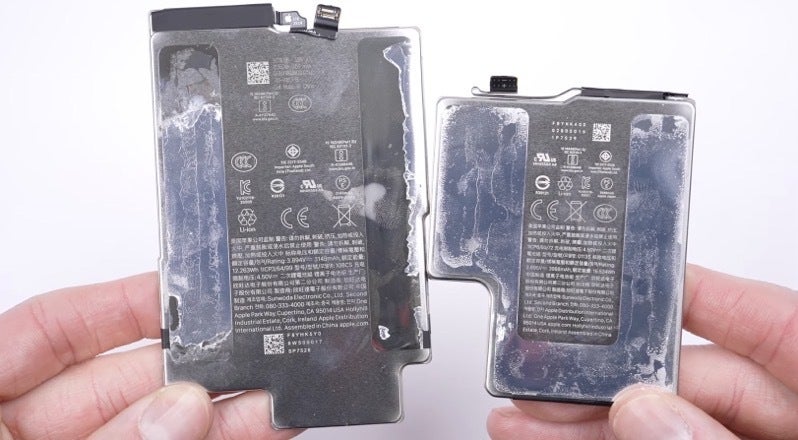

Silicon-carbon batteries require a completely different battery management system, with different voltage curves, degradation profiles, and charging behaviors. This brings along firmware changes, different charging chips, and even different thermal envelopes and packaging materials, so the cost rises even more.
When you add the Note 7 drama with devices catching fire and exploding, Samsung is extra careful about adopting new technology and pushing the battery capacity.
What’s next? When do we get 7,500 batteries in our iPhones?


According to the projections, the first improvements in capacity will be in the vicinity of 5-10%, so more like a 5,500 mAh battery in the next Galaxy Ultra, then probably 6,000 mAh a couple of generations down the iPhone Pro Max line, and so on.
Meanwhile, Chinese companies will most likely stay ahead, achieving high silicon content batteries in the next 5 years, so stay tuned for 10,000 mAh phones. They just won’t read Apple or Samsung on the retail box.

